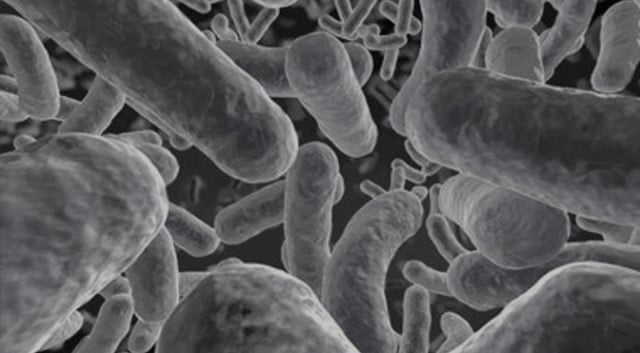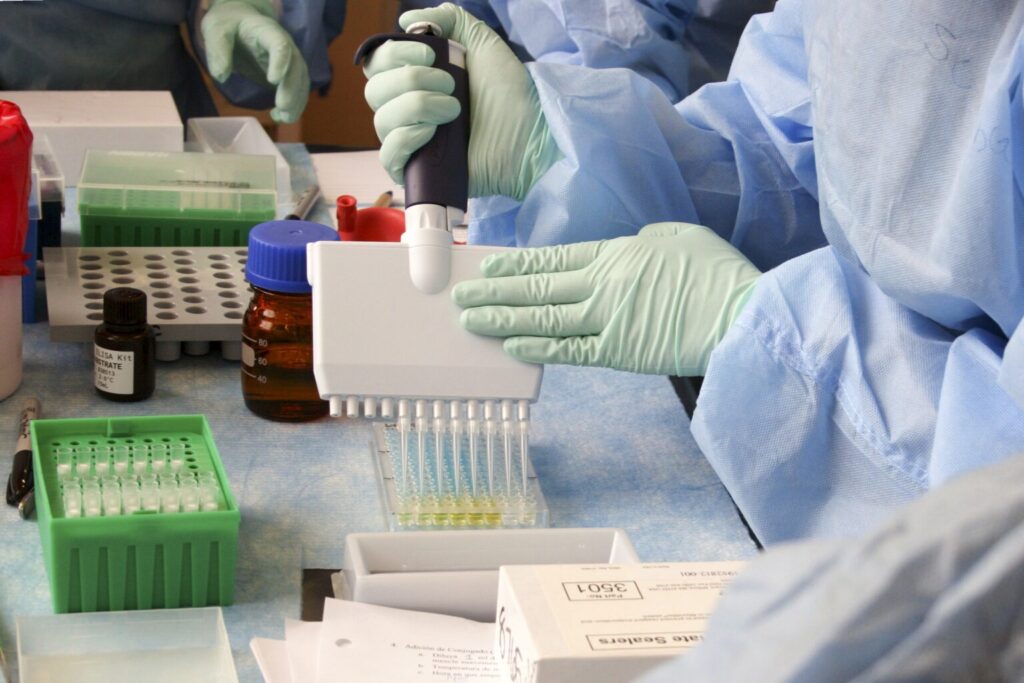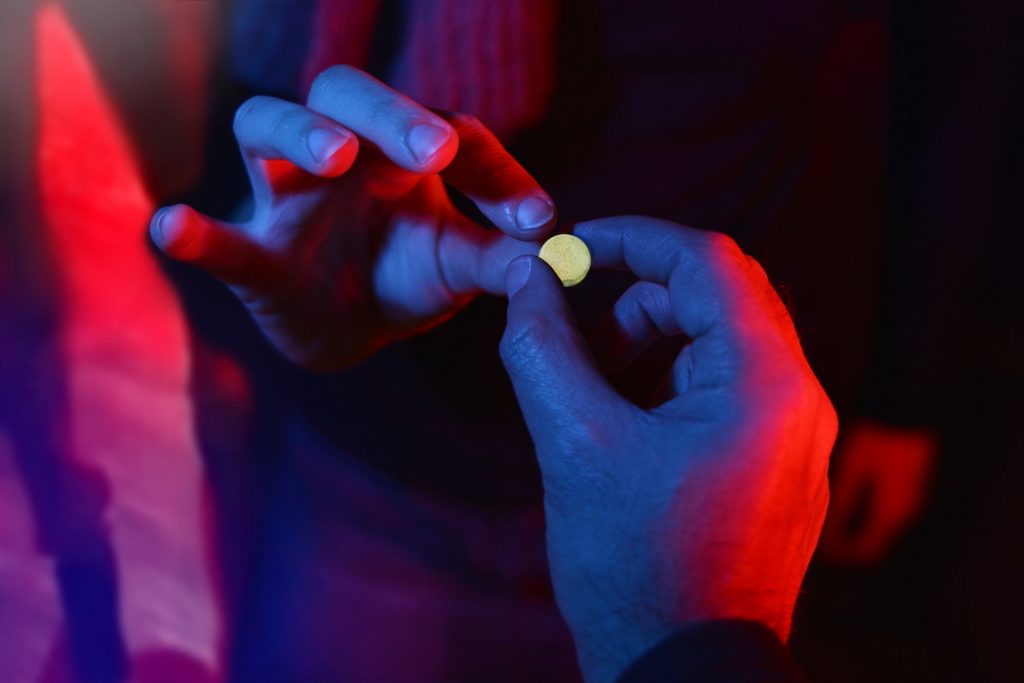Now Reading: Various Instruments Used In The Lab For Examining Forensic Evidences
-
01
Various Instruments Used In The Lab For Examining Forensic Evidences
Various Instruments Used In The Lab For Examining Forensic Evidences
There are various instruments that are used in the laboratories for examining forensic evidences. Different evidences belong to different departments of forensics and are analysed by different instruments as per the properties of the evidences. These are examined by experts who are qualified in the particular fields. Now we will discuss about instruments used in examination of evidences.
HPLC ( HIGH PERFORMANCE LIQUID CHROMATOGRAPHY)
It is the one of the best separation technique which gives qualitative as well as quantitative results. It is the biggest chromatographic technique used in all laboratories worldwide.
It has two types of mobile phase-
- ISOCRATIC- which has one solvent
- GRADIENT- which has mixture of solvents
This technique works better due to high pressure which is about 400 atmospheres.
HPLC is of two types-
- NORMAL PHASE- in this type mobile phase is non-polar and stationary phase is polar. Non-polar compounds in the mixture will pass more quickly through the column.
- REVERSED PHASE- in this type mobile phase is polar and stationary phase is non-polar. Polar compounds in the mixture will pass more quickly through the column because of strong attraction that occurs between the polar solvent and the polar molecules in the mixture.
Reversed phase is the most commonly used HPLC. Resolution and separation is much better in this phase. [1]
It is a technique used for separating chemical substances. Gas Chromatography works on the principle that sample moves in the instrument with the gas stream and components gets separated in column [ which is known as the heart of any chromatographic apparatus]. [2] The sample is injected into the injection port where it evaporates with the help of gas stream [which mainly contain helium, nitrogen, hydrogen etc..] which helps in separating the components of sample in the column [which is packed with silica] gas and stationary phase is and finally detector detects it.
There are two types of gas chromatography-
- GSC [GAS SOLID CHROMATOGRAPHY]- based on adsorption phenomena where mobile phase is gas and stationary phase is solid.
- GLC [GAS LIQUID CHROMATOGRAPHY]- based on partition phenomena where mobile phase is liquid.
TYPES OF DETECTORS USED-
- Thermal Conductivity Detector
- Flame Ionisation Detector
- Electron Capture Detector
- Photo Ionisation Detector
- Mass Spectral Detector
APPLICATIONS-
- Drug analysis
- Plant analysis
- For nucleic acid and protein separation
- For analysing pharmaceutical compounds
- Secretions containing organic volatile components are analysed
- For chemical quantification [3]
ESDA (ELECTROSTATIC DETECTION APPARATUS)
ESDA is a forensic device used to detect indented writings in paper. It is a non-destructive technique. This technique is based on the principle that the paper is sandwiched between grounded platen and mylar charging film. It is extremely sensitive and indentations are found upto seven sheets below the page. [4]
Components of ESDA are-
- Main unit
- Reel holder
- Corona wand
- Main power adapter
The electrostatic charge is provided to the mylar film which creates a latent image. The image is developed and made visible by applying negatively charged black toner powder. The toner sticks to the indentations. [5]
VSC (VIDEO SPECTRAL COMPARATOR)
Video Spectral Comparator is an integrated composite system which includes cameras, various light sources like IR and UV. The filters assist in comparison of questioned documents.
FEATURES OF VSC
- Hi-Fi imaging technology
- High resolution
- Full range light sources
- Latent images
- Intelligent software
- Image processing and enhancement
- Hyper spectral imaging
- Programmed examinations [6]
VMD (VACCUM METAL DEPOSITION)
Vaccum Metal Deposition is a technique used in developing fingerprints. It can be used on various surfaces like non-porous and semi-porous exhibits, including plastic bottles, fabrics, paper bank notes and wood etc.
This technique can form latent fingerprints faster then traditional methods with better resolution. This technique uses gold and silver metals. The layer of gold and zinc gets deposited on the surface. Firstly the gold is deposited on the surface then zinc is deposited on the exposed surface avoiding the ridges of pattern. This gives the negative image, zinc deposits appear in grey colour and gold deposits remains the same. This technique is used in high profile cases. This technique is sensitive as well as costly but give accurate and best results without harming the specimen. [7]
XRD (X-RAY DIFFRACTOMETER/ DIFFRACTION)
3 BASIC ELEMENTS ARE-
- X-RAY tubes
- Sample holder
- X-RAY detector
X-RAYS are generated in cathode ray tube by heating a film to produce electrons accelerating the electrons to the target material. These rays are filtered by collimeter crystal monochromator to produce monochromatic rays needed for diffraction then this rays are directed towards the sample. As the sample and detector rotates the intensity of reflected rays are recorded. When the rays targeted on sample satisfies brag’ law constructive interference occurs and peak in intensity occurs and recorded.
APPLICATIONS-
- For identifying crystalline material
- Identification of fine grain particles
- Determination of unit cell dimension
- Quantitative analysis of thin film samples
- Texture measurements [ by orientation of grain] [8]
CITATIONS
[1] https://www.chemistryviews.org/details/education/9464911/What_is_HPLC.html
[2] https://www.shimadzu.com/an/gc/index.html
[4] https://www.microtrace.com/technique/electrostatic-detection-apparatus-esda/
[5] https://www.eurofins.co.uk/digital-forensics/questioned-documents/electrostatic-detection-analysis/
[6] https://austinpublishinggroup.com/forensicscience-criminology/fulltext/ajfsc-v4-id1057.php
[7] https://www.pathtech.com.au/site/wp-content/uploads/2017/08/Focus-on-Forensics-VMD-Only.pdf
[8] https://serc.carleton.edu/research_education/geochemsheets/techniques/XRD.html
AUTHOR
KASHISH KHOSLA, Intern at Dept of Forensic Science & CI, Legal Desire Media & Insights. (June 2020)










